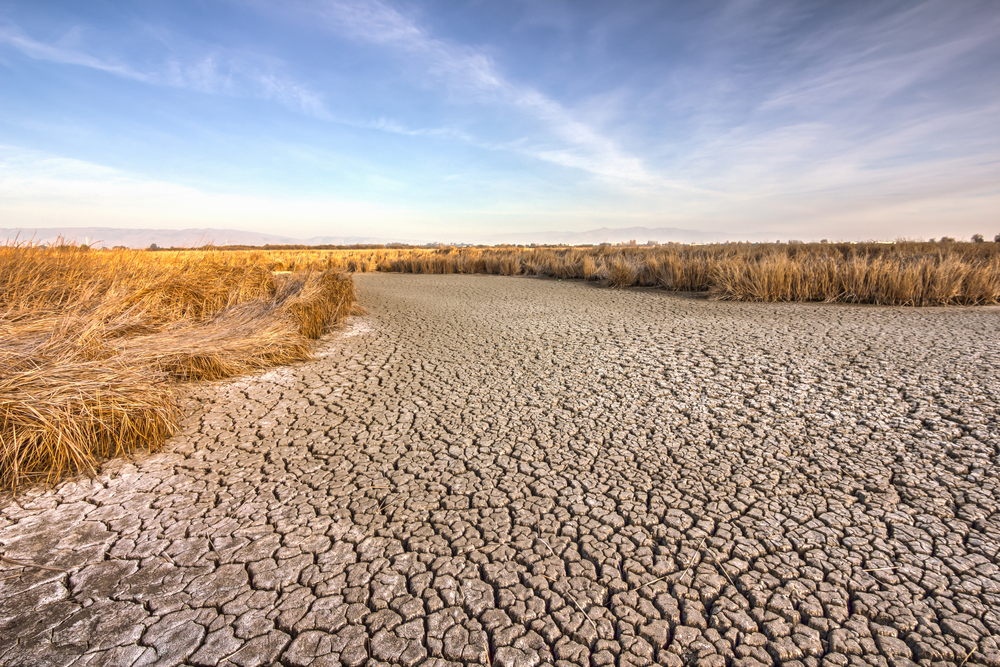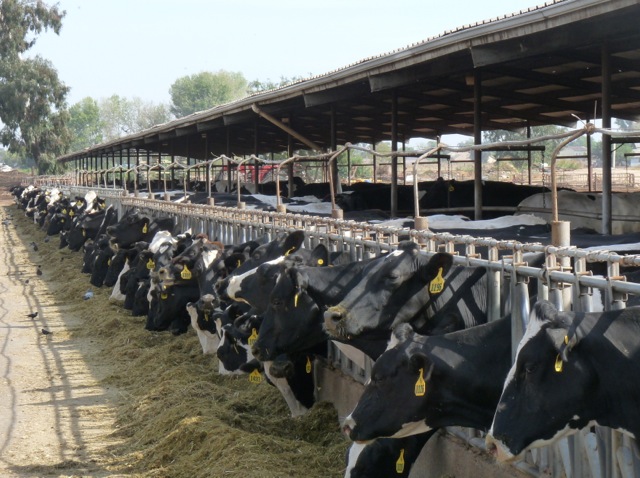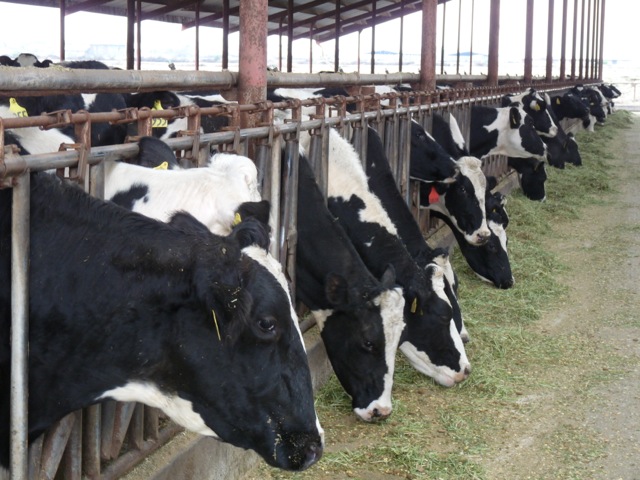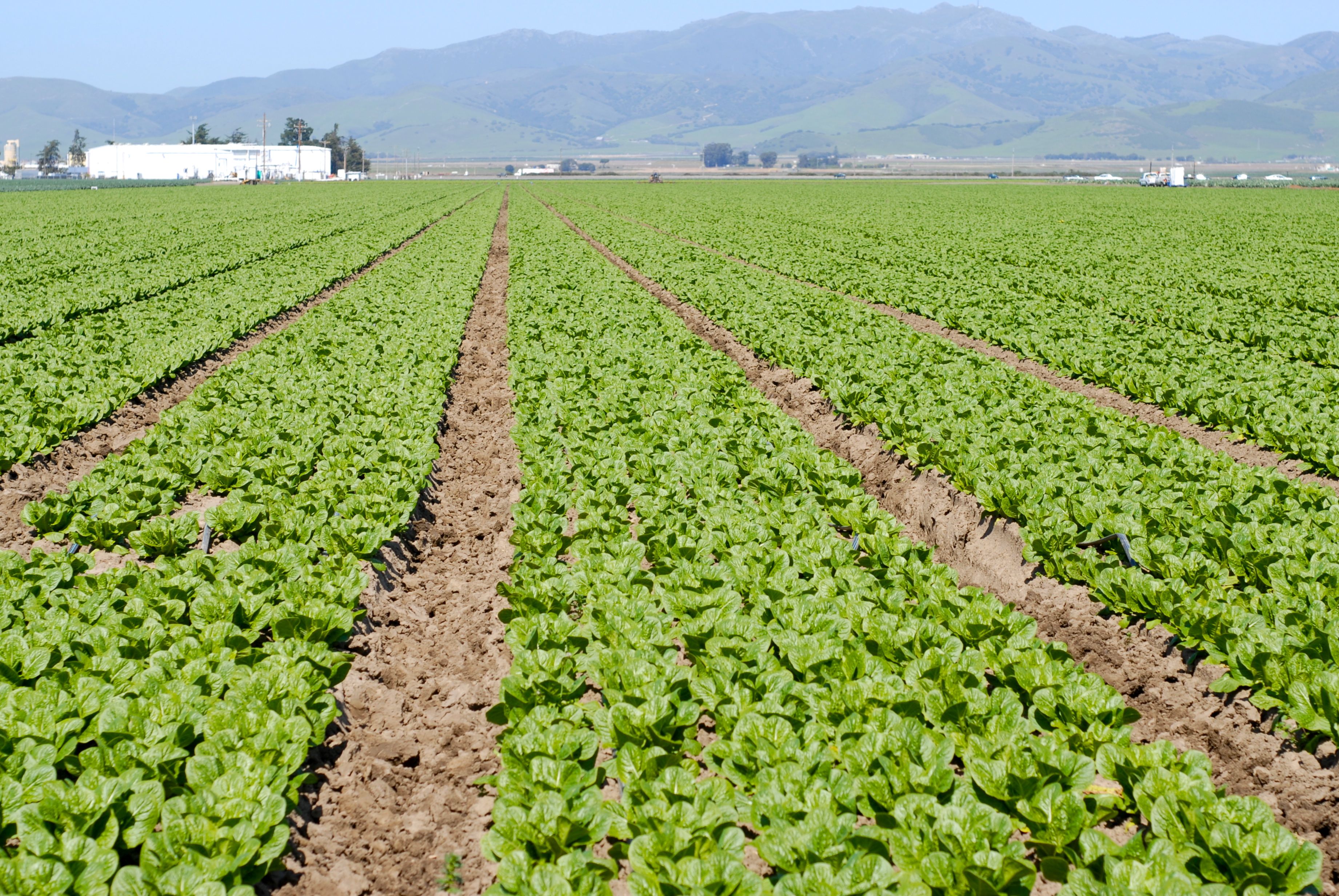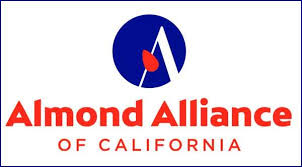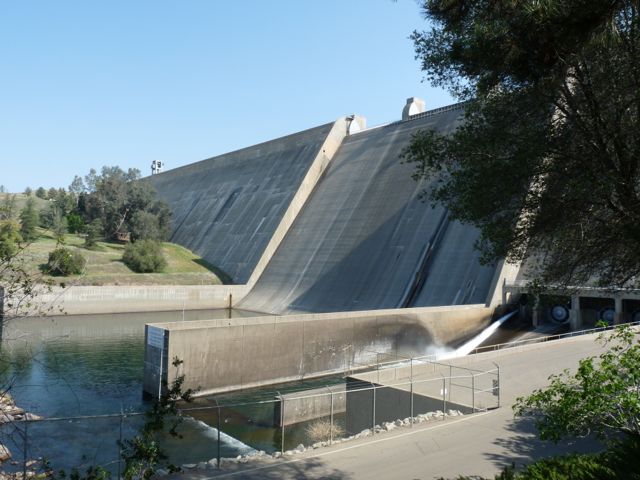Republicans Unhappy with Gov. Newsom on Drought Designations
California Republicans Issue Statement on Governor Newsom’s Inadequate Drought Emergency Announcement
Today, Congressman David G. Valadao along with House Republican Leader Kevin McCarthy and Representatives Ken Calvert, Mike Garcia, Darrell Issa, Young Kim, Doug LaMalfa, Devin Nunes, and Michelle Steel released the following statement in response to Governor Newsom’s decision to declare a drought state of emergency for only two counties – Mendocino and Sonoma – while counties in the rest of the state are also experiencing severe drought conditions:
“Governor Newsom’s irresponsible decision to declare a state of emergency in only two counties is an absolute outrage. Mendocino and Sonoma face drought conditions that warrant State action. But far more than two counties in California are in desperate need of water. The Central Valley is responsible for putting food on the table for the rest of the nation, and farmers and ranchers simply cannot grow the food we need without reliable access to water. Our local economies are crippled by water scarcity, and by ignoring the needs of the Central Valley, the lack of action by Governor Newsom in addressing this crisis is a failure to lead.
“Agriculture groups, farmers, elected officials, and community leaders at every level on both sides of the aisle have repeatedly requested Governor Newsom issued a statewide declaration of emergency due to the dire drought conditions, and he has made it clear that he is not listening.”
Background
As of April 13, the National Drought Mitigation Center reported in the Central Valley, 38.97% of Fresno County, 40.94% of Kern County, and 68.53% of Tulare County are currently experiencing Extreme Drought conditions. By comparison, 0% of Mendocino County and 3% of Sonoma County were designated as currently experiencing Extreme Drought conditions.
The entire California Republican delegation has requested Governor Newsom issued a statewide declaration of emergency due to severe drought conditions, with every county experiencing at least Moderate Drought conditions and the majority of California experiencing Severe Drought conditions or worse.

